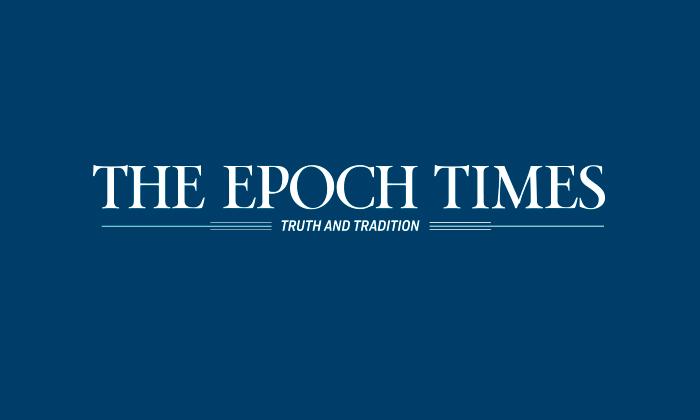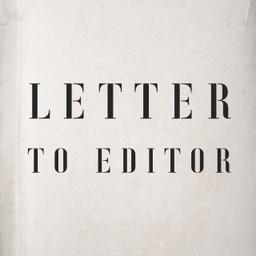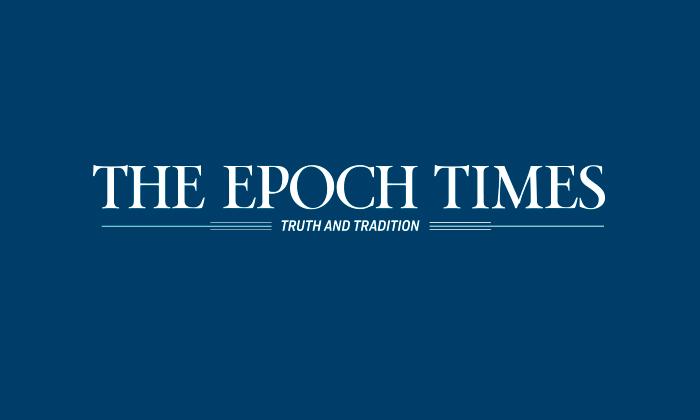In the article last month in Time magazine by Molly Ball, it was stated that “they (The Shadow Campaigns) were fortifying the (last presidential) election; not rigging it.” After reading the article in depth several times, it was clear that this article can be likened to putting lipstick on a pig. The more recent article in The Epoch Times by Jeff Carlson [“Time Magazine Details the ‘Shadow Campaign’ Against Trump,” published Feb. 10] was very good, but I thought it did not go into detail enough about what the Time article was really about.
The pig itself was portrayed in great detail without undue bias. Using traditional reasoning, all of the elements of the Shadow campaign were laid out in good scientific fashion. The campaign was organized into clusters of differentiated data. They were 1) the alliance, 2) securing the vote, 3) the disinformation defense, 4) spreading the word, 5) people power, 6) strange bedfellows, 7) showing up, standing down, 8) the five steps to victory, and 9) how close we came. These groups were organized to follow the progress of all these secret liberal groups.



